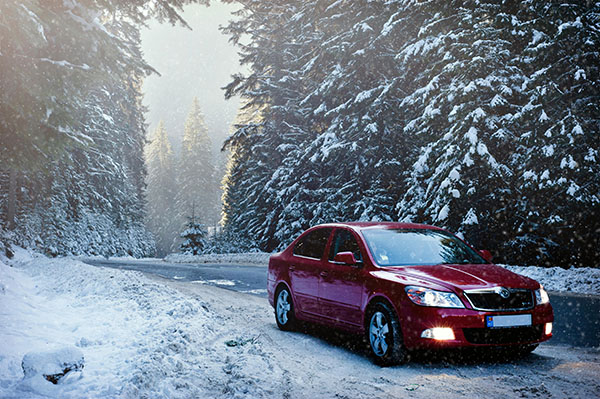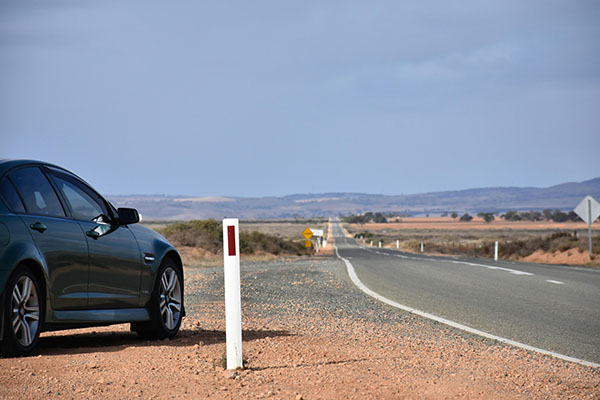Tire pressure in your climate
The Impact of Climate on Tire Pressure: A Guide to Safe Driving
Maintaining the correct tire pressure is essential for vehicle safety, fuel efficiency, handling, and tire longevity. Under-inflated tires can lead to poor traction, increased wear, and even blowouts, while over-inflated tires may cause uneven tread wear and reduced grip on the road. However, tire pressure isn't static—it fluctuates with environmental factors, particularly temperature changes associated with different climates. This article explores how various climates affect tire pressure and provides practical advice on adjustments to keep your vehicle performing optimally.
How Temperature Influences Tire Pressure
Tire pressure is measured in pounds per square inch (PSI) and is directly affected by air temperature because air expands when heated and contracts when cooled. As a rule of thumb, for every 10°F change in ambient temperature, tire pressure can shift by approximately 1 PSI—increasing in warmer conditions and decreasing in cooler ones. Some sources note a range of 1-2 PSI per 10°F, depending on tire type and size. In metric terms, this equates to a drop of 0.07 to 0.14 bar (about 1-2 PSI) for every 10°C decrease.
This effect stems from the ideal gas law in physics: pressure is proportional to temperature when volume is constant (as in a sealed tire). Daily temperature swings, such as a 20°F difference between night and day, can cause pressure to rise by nearly 2 PSI in the afternoon if tires are exposed to sunlight. Driving also generates heat through friction, temporarily boosting pressure by 1 PSI every 5 minutes for the first 20 minutes of operation. Always check and adjust pressure when tires are "cold" (after sitting for at least a few hours, ideally in the morning) to match the manufacturer's recommended PSI, found on the vehicle's door jamb placard or owner's manual.

Tire Pressure in Cold Climates
In cold climates, such as those in northern regions during winter, dropping temperatures cause air inside tires to contract, leading to under-inflation. For instance, a 50°F plunge from summer to winter averages could result in a 5 PSI loss per tire. This reduces traction on snow or ice, increases rolling resistance (lowering fuel efficiency), and heightens the risk of tire damage.
Recommendations for cold weather include checking pressure bi-weekly or monthly, even with a tire pressure monitoring system (TPMS), as these systems may alert more frequently in the cold. If you park in a heated garage, add 1 PSI for every 10°F difference between garage and outdoor temperatures to compensate for the pressure drop upon exiting. For winter tires (including studded ones), maintaining exact pressure is vital to preserve studs and ensure grip. High-altitude cold areas may exacerbate pressure loss, so inspect all four tires regularly.

Tire Pressure in Hot Climates
Hot climates, like deserts or tropical summers, pose the opposite challenge: heat causes air to expand, potentially over-inflating tires. In extreme heat, such as 120°F ambient temperatures, pressure could rise by 10 PSI above baseline. Over-inflation leads to a harsher ride, reduced contact patch with the road (impairing handling), and accelerated center-tread wear.
In summer, monitor pressure weekly and after long drives, as road heat can inflate readings temporarily. If pressure exceeds recommendations, release air using a gauge or compressor. Avoid setting pressures in the afternoon heat, as this could result in under-inflation the next morning when temperatures cool. Sun exposure alone can add several PSI; in tests, a tire in direct sunlight gained 5 PSI more than one in shade over a few hours.
Tire Pressure in Moderate or Variable Climates
In temperate or variable climates with mild seasons and frequent weather shifts (e.g., coastal areas or regions with rainy transitions), tire pressure fluctuations are less extreme but still notable. A 10-20°F daily or weekly swing might alter pressure by 1-2 PSI, affecting efficiency without immediate safety risks.
The key is consistency: Check monthly and during seasonal transitions, like fall to winter, when cumulative drops can add up. Rainy or humid conditions don't directly impact pressure like temperature does, but wet roads demand optimal inflation for hydroplaning resistance. Adjust based on the manufacturer's specs, and consider all-season tires that adapt better to mild variations.
General Tips for Maintaining Proper Tire Pressure
To stay safe across climates:
- Frequency: Check monthly in stable weather, more often (weekly/bi-weekly) in extremes or transitions.
- Tools: Use a reliable digital gauge and portable compressor for adjustments. Avoid gas station pumps if inaccurate.
- When to Check: Always on cold tires; park in shade to minimize sun effects.
- Safety Benefits: Proper pressure improves braking, cornering, and fuel economy while reducing emissions.
- Professional Help: If unsure, consult a tire shop, especially for altitude or extreme climate adjustments.
